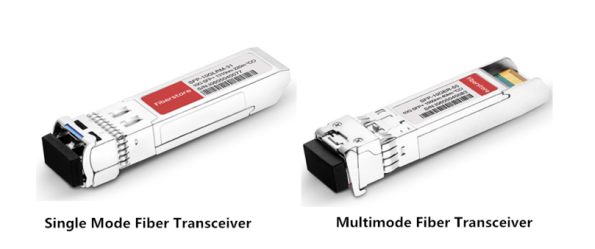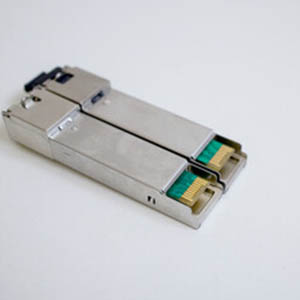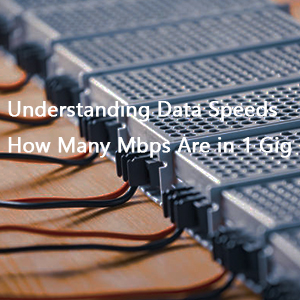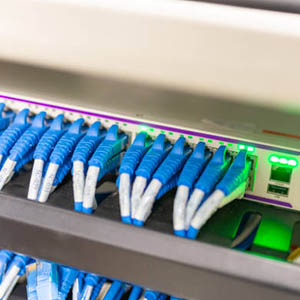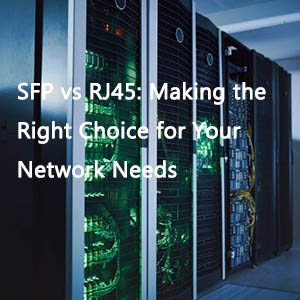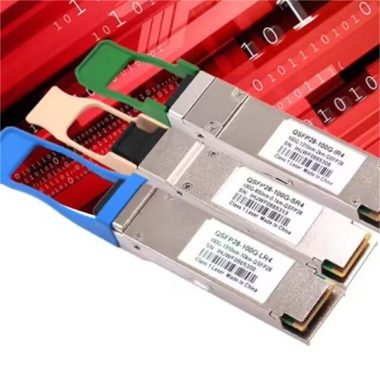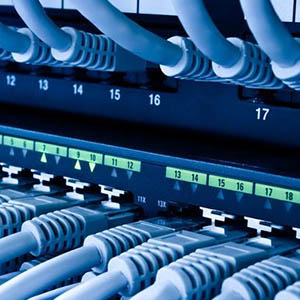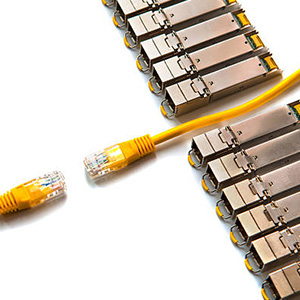Navigating the myriad options for fiber transceivers can be daunting, but making the right choice is crucial for your network’s backbone. At FiberLife, we’re here to guide you through the process, ensuring you select the perfect transceiver for your needs.
Basic Types of Fiber Transceivers
Grasp the fundamental distinction between single-mode and multi-mode fiber transceivers, a key to tailoring your network’s reach and efficiency. Single-mode transceivers are ideal for backbone connections and long-haul networking, while multi-mode transceivers are more suited for LANs and intra-building connections.
Form Factors
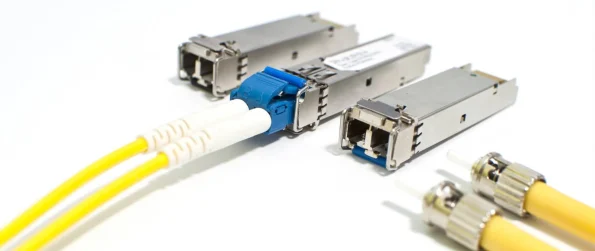
Fiber transceivers come in various form factors, each tailored for different applications and network setups. SFP, SFP+, QSFP, and their older counterparts like XFP, X2, and XENPAK, offer a range of options from Gigabit Ethernet to high-density data centers.
Performance Parameters
Selecting a fiber transceiver hinges on the data rate your network demands, a pivotal aspect for seamless data flow. Ensure the transceiver’s transmission speed and distance align with your network’s requirements, and that the wavelength is compatible with your fiber optic cable for optimal signal transmission.
Compatibility
Ensuring seamless compatibility with your existing network infrastructure is paramount to avoid disruptions and inefficiencies. Check device specifications and verify compatibility with both your network devices and fiber types.
Quality and Reliability
Adhering to quality standards and certifications guarantees that your transceivers not only perform to the highest industry benchmarks but also prioritize safety. Consider reputable brands and user reviews to gauge reliability and performance.
Cost-Effectiveness
Striking the optimal balance between cost and performance is essential for a fiscally responsible yet high-performing network solution. Consider the total cost of ownership, including maintenance and potential replacement costs, to make a cost-effective decision.
Security
Securing your data transmission with a transceiver that supports encryption and aligns with network security protocols is non-negotiable in today’s threat landscape. Choose robust transceivers designed to withstand environmental and physical challenges for consistent performance.
Choosing the Right Supplier
Selecting a reputable supplier for fiber transceivers is as critical as the transceiver itself, ensuring quality, reliability, and support. FiberLife offers a comprehensive range of fiber transceivers, ensuring compatibility with major brands and providing a lifetime warranty.
Conclusion
By taking these considerations into account and partnering with a trusted supplier like FiberLife, you set the stage for a network that is both efficient and dependable. Whether you need a transceiver for short-range multi-mode applications or a long-distance single-mode optical transceiver, an informed choice will enhance your network’s performance and longevity.

